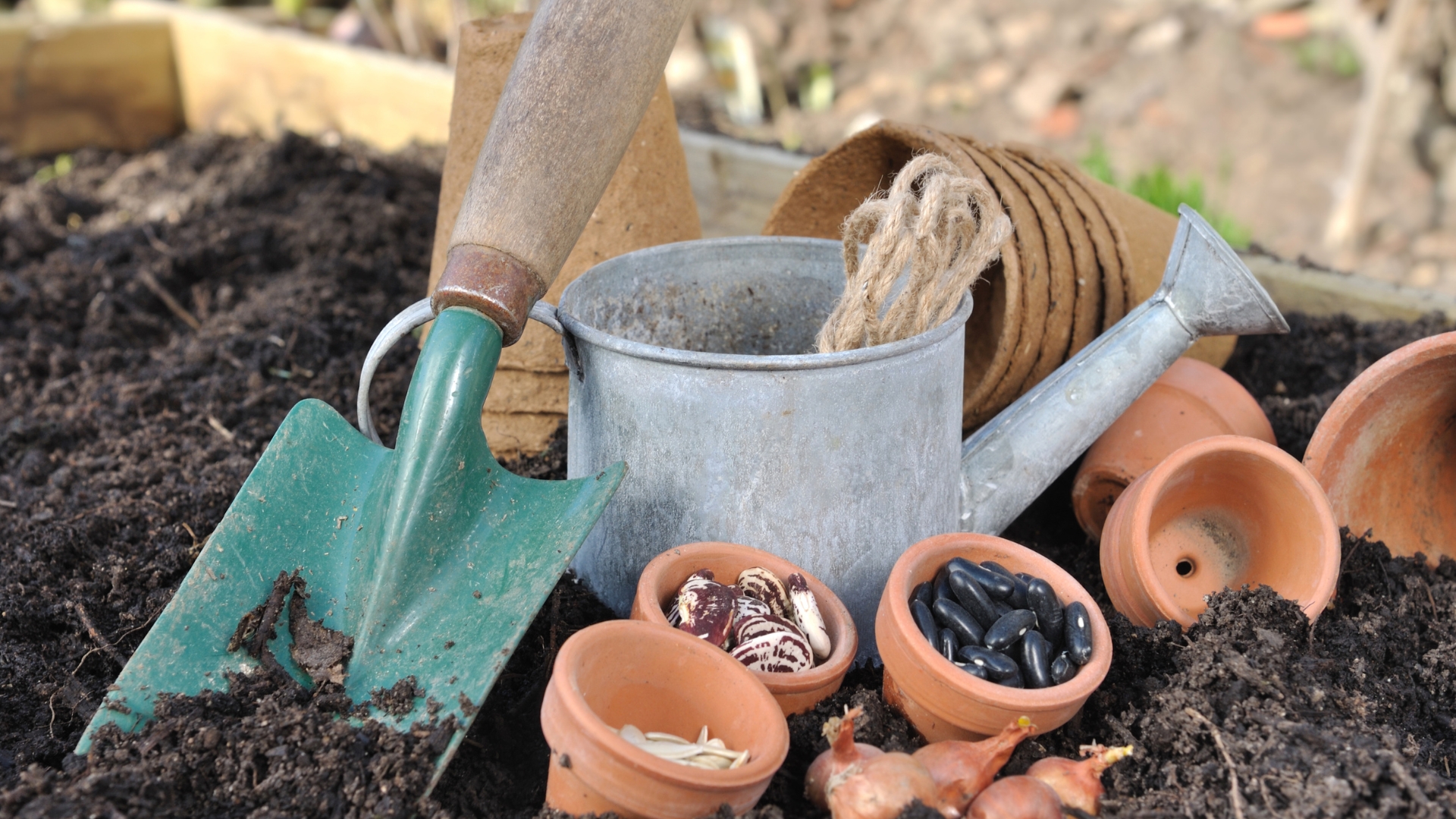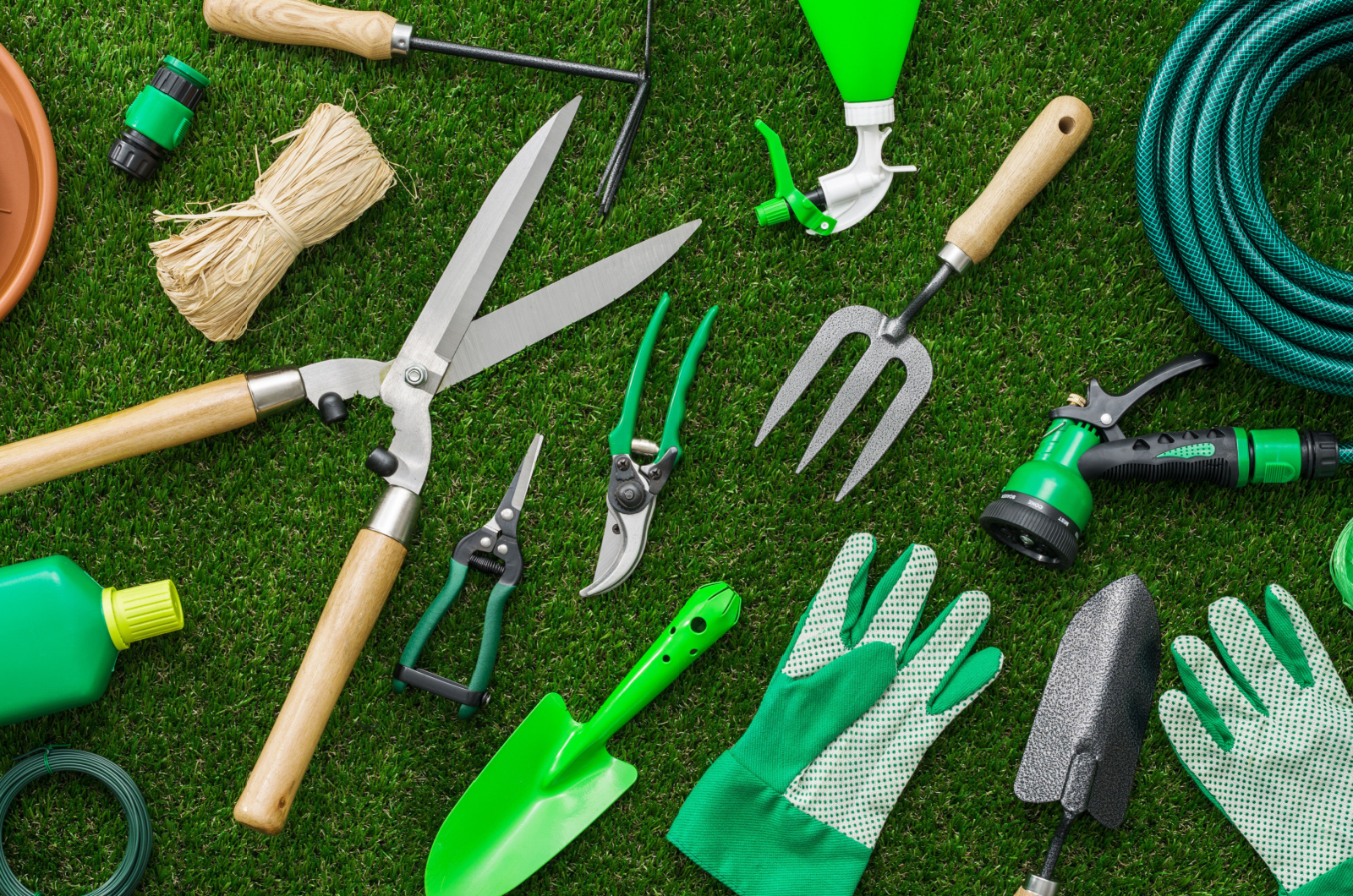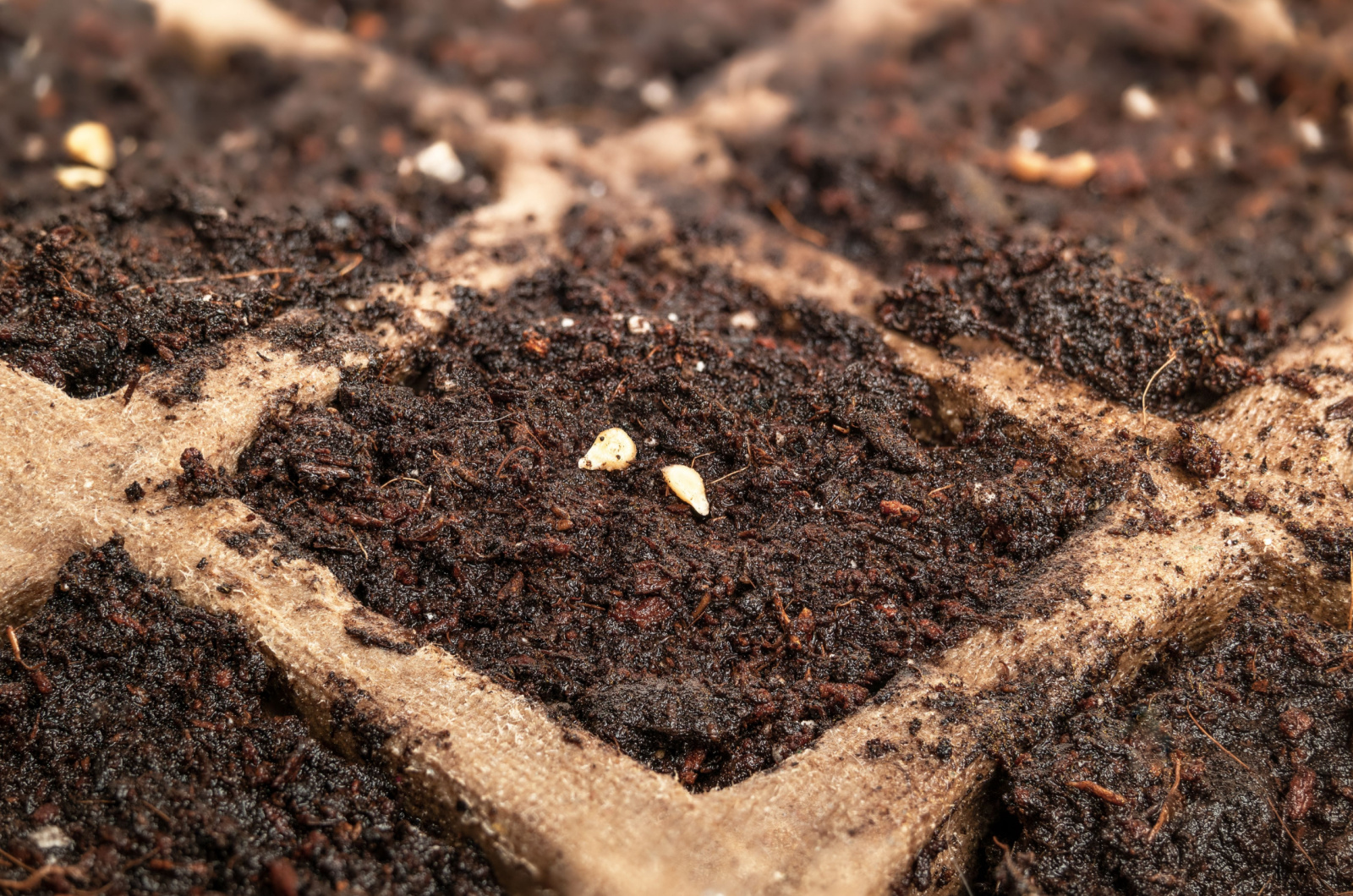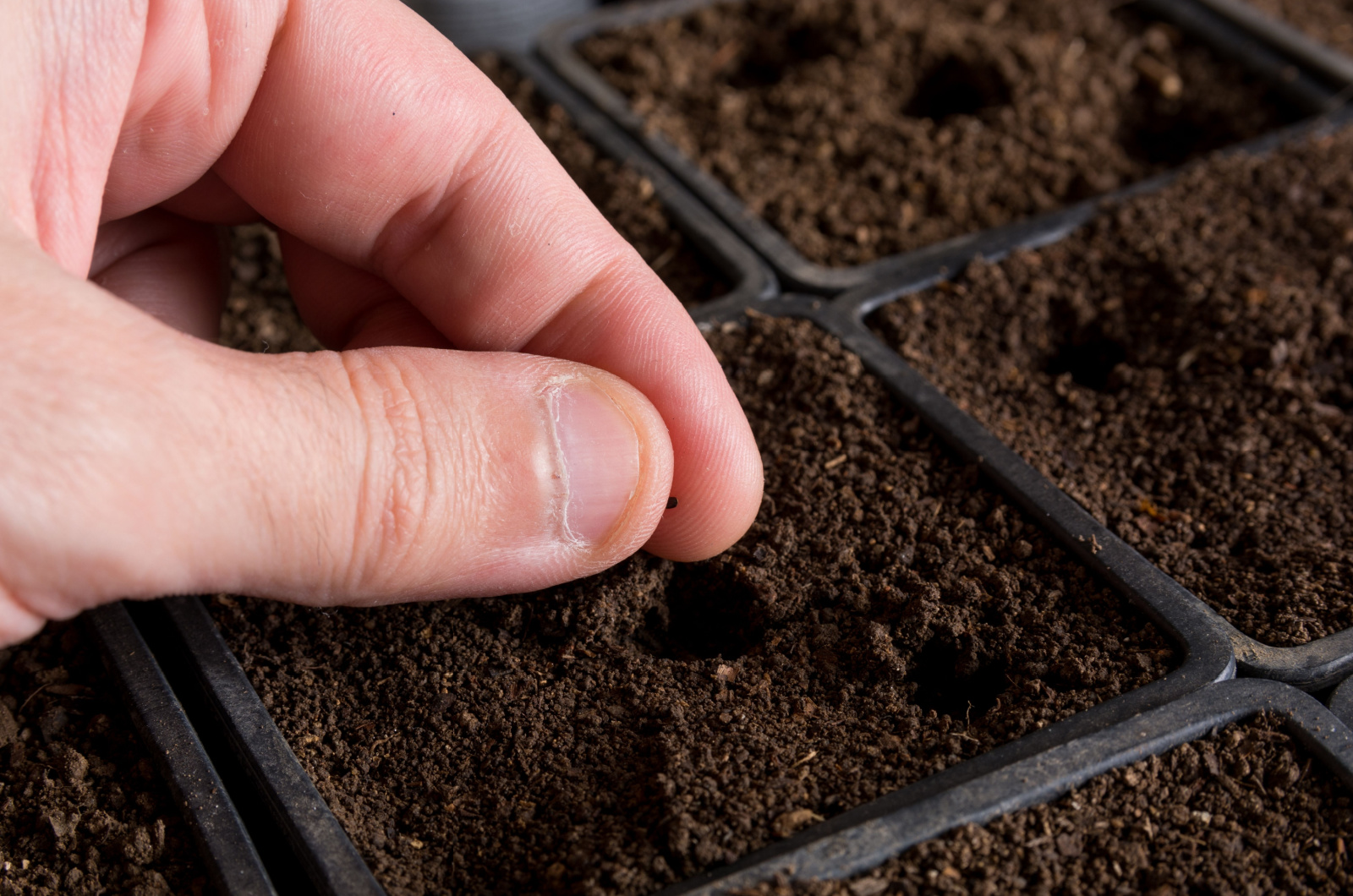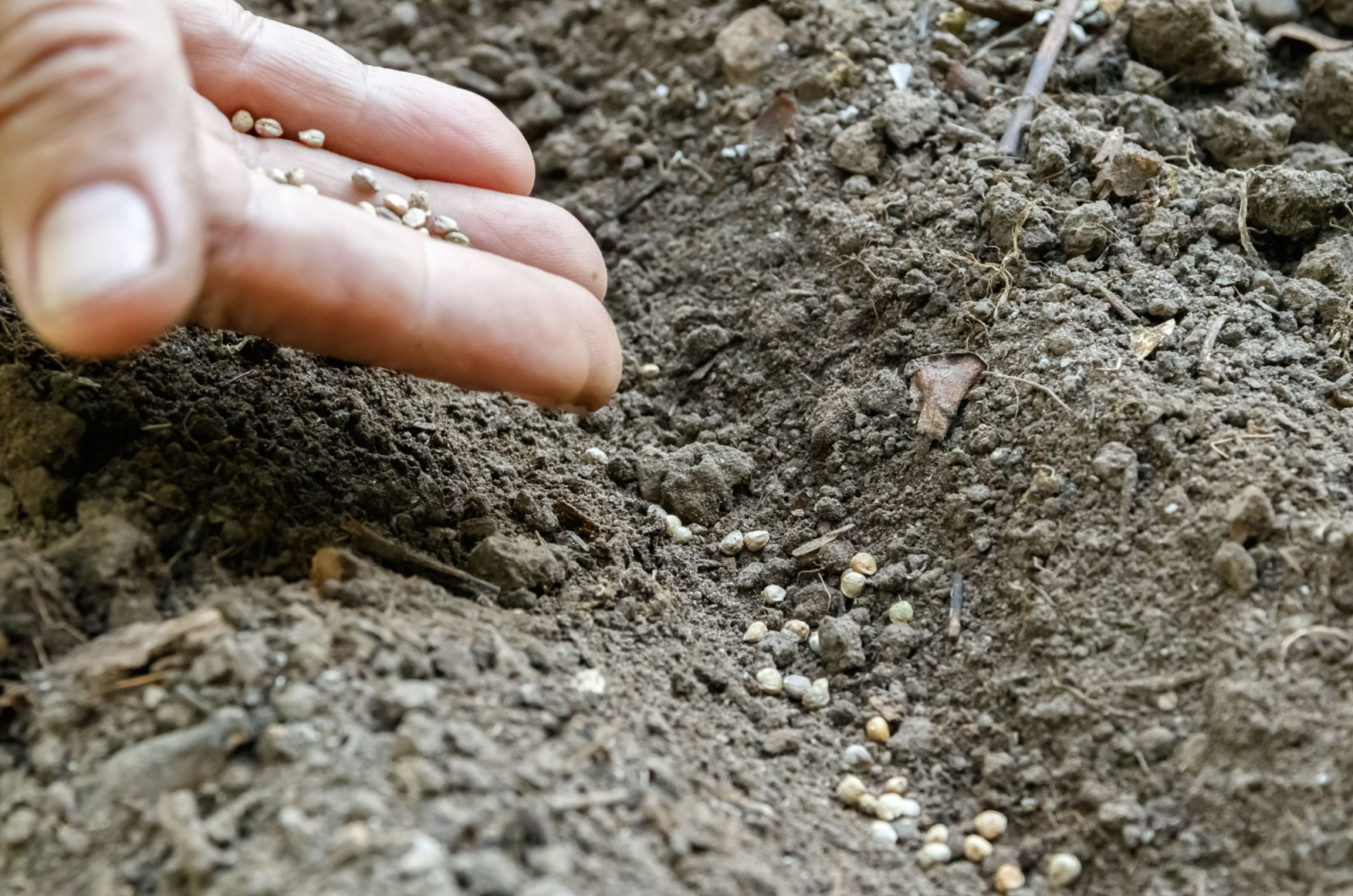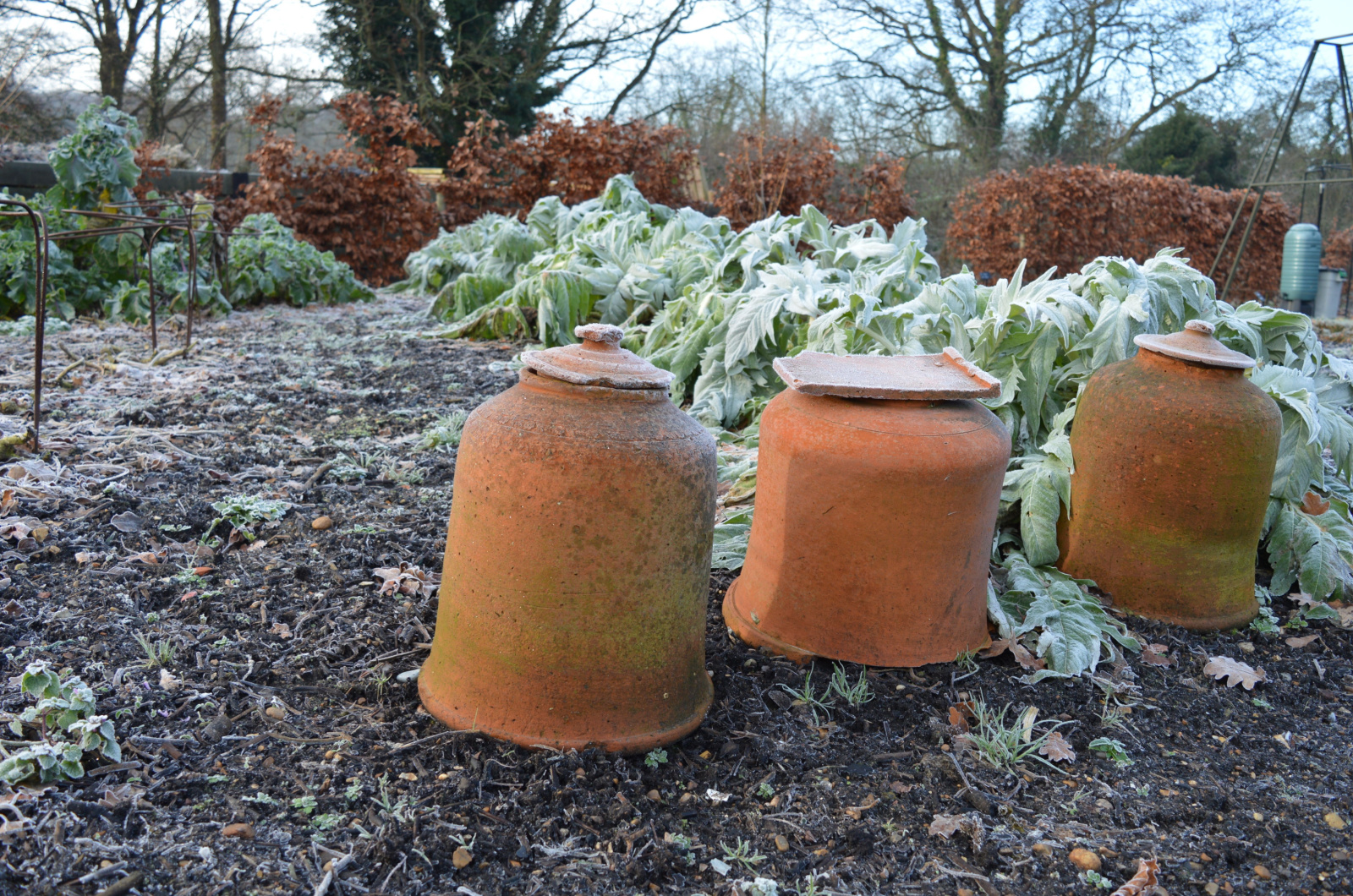February is here! For some, this may not be exciting news, but for gardeners it’s a completely different story. The temperatures are warming up and the lovely snowdrops and daffodils are about to pop out of the ground.
This means that you can start your gardening chores for this growing season. Soil preparation, planting hardier plants, and indoor sowing of sensitive species are just some of the tasks you can and should complete before spring arrives.
In this article, I’ll tell you everything about gardening in February and help you make a to-do list you should complete to have a thriving garden and bountiful harvest!
Let’s get started!
Equipment To Prepare
First things first, the right equipment can ease all your tasks, so make sure you prepare the tools and supplies listed below.
• Hand trowel: If you’re a beginner gardener, invest in a high-quality hand trowel.
• Compost: Your green buddies will need a nutrient boost, and there is nothing better than a good old compost.
• Rhubarb forcers: If you don’t want to spend money on these, you can use upturned pots or buckets.
• Seeds (a lot): Well, the more the merrier!
• Covering: Horticultural fleece and cloches are some of the coverings you can use to protect your plants from various issues.
• Containers with drainage holes: To avoid waterlogging your plants, make sure you only use containers with plenty of holes in the bottom.
• Seed or module trays: Any type will work well as long as it has drainage holes.
• Heated propagators: An alternative to these devices is glass films.
Veggies To Sow Indoors In February
Temperatures in February may vary and seeds are very sensitive, so even a slight change can affect them significantly.
The perfect solution is to sow the seeds of more delicate veggies indoors and transplant the seedlings when outdoor temperatures increase. Don’t transplant the seedlings until temperatures are 50 degrees Fahrenheit and above.
A garden frame, greenhouse, and a sunny windowsill are all excellent surroundings for these seeds.
Tomatoes, lettuce, eggplants, celery, peppers, and cucumbers are just a few vegetables to start indoors.
Hardier veggies, such as broccoli, spinach, and kale, can survive slightly colder outdoor conditions, but starting them indoors is an excellent way to enhance their growth even more.
Flower Seeds To Sow In February
Similarly to vegetables, some flower species perform better when started indoors. Globe Thistle is a perfect example and will thrive if its seeds are planted and kept on a sunny windowsill.
Once they’re mature enough to handle, it’s recommended to move them to cell trays filled with high-quality compost, and harden the seedlings by exposing them to outdoor conditions.
Lavender, dahlias, and cosmos are some examples of flowering plants that can be started in February.
A common practice was to soak the seeds before sowing them, but that technique isn’t necessary when it comes to seeds nowadays.
A fresh compost offers enough moisture and nutrients for seeds to germinate and turn into robust plants.
What To Plant Directly In The Ground In February
If you aren’t into indoor planting and are wondering if you can sow some seeds directly in the ground outdoors, I have great news for you.
Cold temperatures and frozen soil may not be ideal for plants, but some species seem to tolerate it more than others.
A rule of thumb is to wait until the temperatures go above 50 degrees, which is typically in mid-February.
You can go even further and help the soil warm up by installing different coverings such as horticultural fleece. They’ll help your seeds survive any sudden temperature changes, which is amazing because our main goal is to enjoy the fruits of our labor.
Here are some species that will thrive if their seeds are started in the ground in February.
• Vegetables: Hardy peas, carrots, turnips, and broad beans can survive in cooler soils.
• Bushes and fruits: Rose bushes, grapevines, and hedges perform great when planted in the ground as the soil isn’t completely frozen.
• Flowering Plants: Ornamental alliums, lily bulbs, and dahlias will add a special touch of beauty to your outdoor space, so why not take the opportunity to start them earlier?
More Tips For Gardening In February
I have more tips for you if you’re starting your gardening chores at this time of the year.
Tips For Rhubarb Forcers
Some of you may already have rhubarb forcers that you filled with plants in the fall. February is the perfect time to place them overhead to enhance early growth.
This method may give you some fresh stalks to harvest as soon as March arrives.
Chit Your Potatoes
Speeding up potato sprouting is possible with an old technique known as chitting.
It will encourage your potatoes to send robust shoots and generate their delicious tubers.
Fertilize
Feeding is another essential part of gardening no matter the time of the year. General fertilizers, such as poultry manure, will boost nutrient levels in the soil and enhance the growth of your plants.
The end of February is the best time to apply fertilizer, and a great thing is that you can wait until mid-summer for the second round.
Prune
You may already know that fruits that are ready for harvest in late summer benefit from pruning in late winter.
So prune your apples, pears, and raspberries for an abundance of fruits at the end of the season.
Additionally, plants such as rose bushes and climbers will also benefit from February pruning.
Clean Your Greenhouse
If you own a greenhouse, make sure to give it a deep clean in February. Remember that March is reserved for starting plants in greenhouses, so it’s good to be prepared.
Use a stiff brush and clean every corner of your greenhouse to remove any unwanted creatures that could destroy juvenile plants.
If you’re impatient and can’t wait for March and all those spring chores, start in February and complete the tasks listed in this article!

